In 2018, The Aerogram restarted its collaboration with the South Asian American Digital Archive (SAADA), which documents and shares the history of South Asian Americans. With guidance from SAADA’s executive director Samip Mallick, contributing editor Preeti Aroon researched and synthesized information from SAADA’s historical documents and other sources. The resulting posts in this series written by Aroon share some of the fascinating history of South Asians in America. Follow the links below to read the full text of the posts on The Aerogram. Visit SAADA online to learn more about its work and ways to support it.
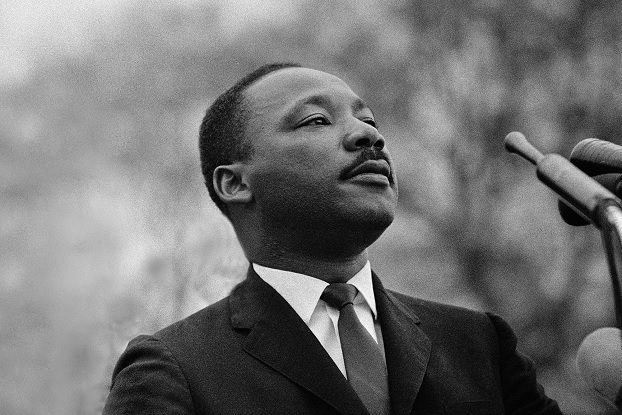
Letter To MLK: “Your Dream Is Our Dream”
In 1965, Martin Luther King Jr. and Ralph Abernathy received a letter from Films of India, a Los Angeles-based organization that screened Hindi films in the United States. In the letter, Ram Bagai, president of Films of India and a former president of the Hollywood Foreign Press Association, expressed support for the U.S. civil rights movement. (Read more.)
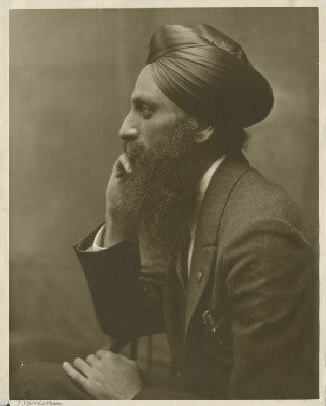
Indians Aren’t Legally White — Said the U.S. Supreme Court 95 Years Ago
Fifty years after Bhagat Singh Thind’s death, immigration and who is suitable for U.S. citizenship are still hotly debated topics, and nearly 100 years after Thind’s case, we’re still facing showdowns at the Supreme Court regarding immigration and discrimination. (Read more.)
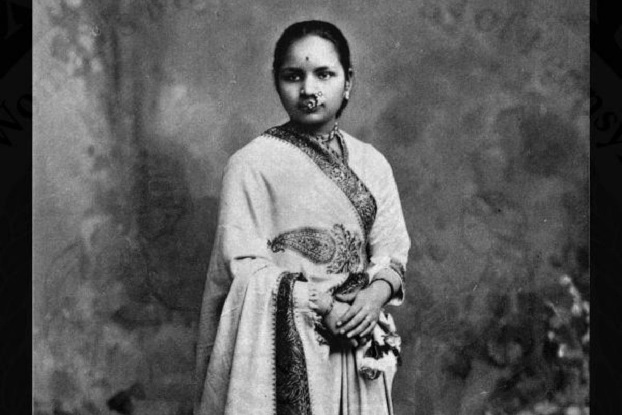
Meet the First South Asian Woman To Earn A Medical Degree In The United States
Anandibai Joshee was one of the earliest in a long line of brave South Asian women who have come to the United States alone on their own — a formidable achievement in a patriarchal culture. It’s encouraging to know that South Asian women who push back against patriarchal culture and break repressive cultural norms have generations of women like Joshee behind them. (Read more.)
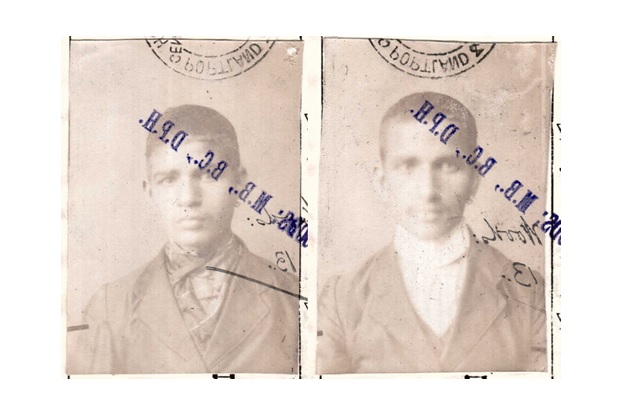
Hookworms and Angel Island: Two Brothers’ Immigration Story
On April 22, 1913, the SS Mongolia steamed into San Francisco with two Indian brothers aboard: Sant and Tulsi Ram. They had big dreams. After arriving, the brothers were detained at San Francisco Bay’s Angel Island Immigration Station. (Read more.)
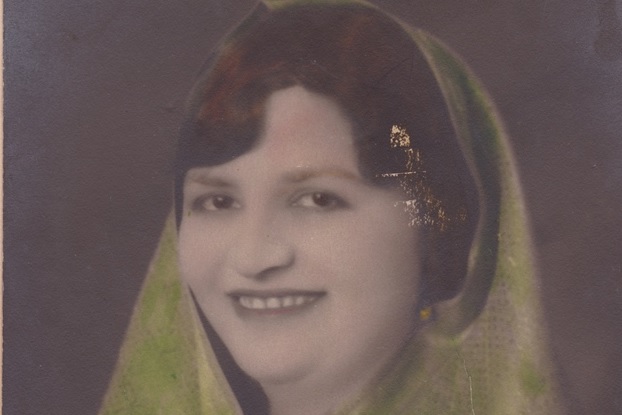
Meet ‘Mother India’: One of the First Indian Women to Immigrate to America
After the Immigration and Nationality Act of 1965, more Indians began immigrating to the United States, and many in the Los Angeles area found comfort in the Indian community that Kala Bagai had helped build. She was known as “Mother India,” while her home was essentially a “little India,” according to a 1983 obituary. (Read more.)
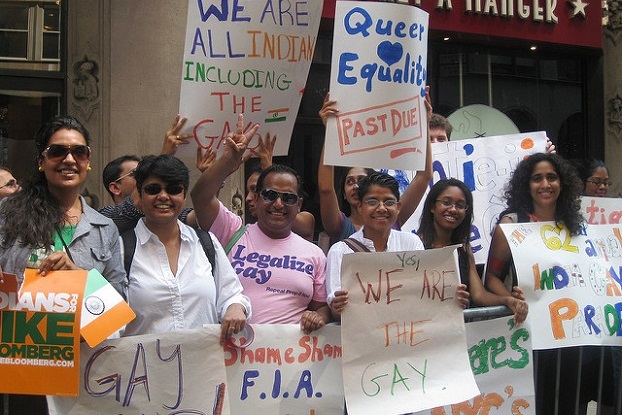
When Gay Pride Was Excluded From India Pride
LGBTQ groups have a history of being excluded from other types of parades. One example is the exclusion of the South Asian Lesbian and Gay Association (SALGA) from New York City’s India Day Parade during much of the 1990s. Despite not being allowed in the parade, however, SALGA showed up on the sidelines for many years to protest its exclusion. (Read more.)
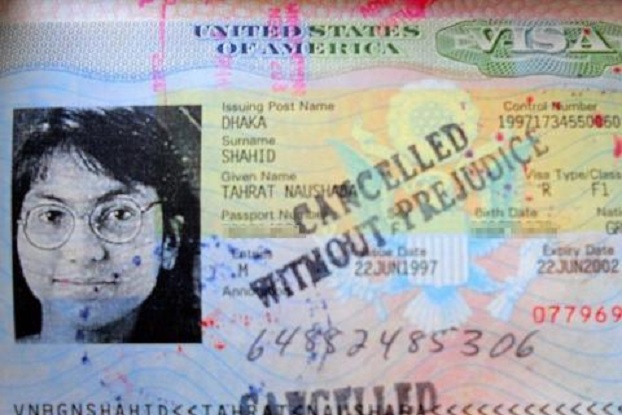
Coming to America From Bangladesh: Those First Days
Immigrating to a new country can be filled with all sorts of culture shock and eye-opening experiences. The First Days Project, presented by SAADA, collects and documents immigrants’ memories of their first days in America, and this post focuses on First Days stories of Bangladeshi immigrants to America. (Read more.)
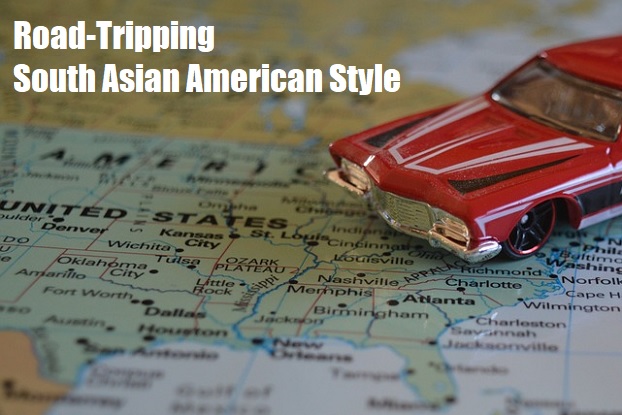
Road-Tripping South Asian American Style
To document the family road trip, SAADA created the Road Trips Project — a collection of photos and stories of South Asian Americans vrooming across the United States. This project is helping to expand what the quintessential American road trip looks like, and this post shares some of the collection’s memorable stories. (Read more.)
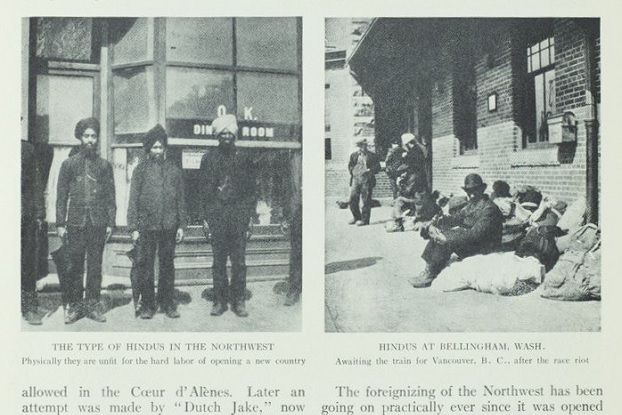
When Rioters Drove South Asians Out of Bellingham
History repeats itself; thus we should learn from it. As case in point is the Bellingham riots: On Sept. 4, 1907, in Bellingham, Washington, a mob attacked South Asian laborers who worked primarily at the city’s lumber mills and drove the immigrants out of town. (Read more.)
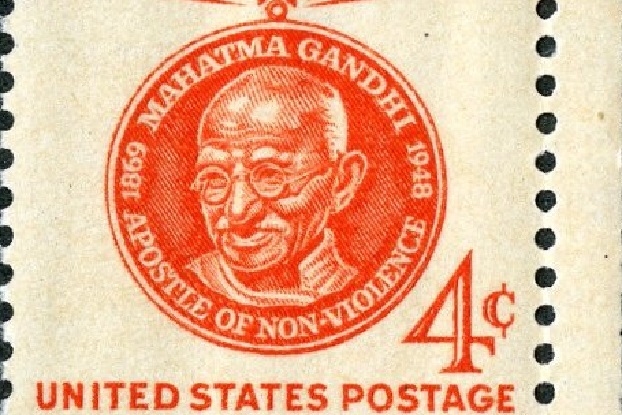
How Americans Mourned Gandhi’s Death
Gandhi was admired by many people worldwide during his life (he was nominated for the Nobel Peace Prize five times), and after he was assassinated on Jan. 30, 1948, the nonviolent leader of India’s independence movement was mourned across the globe. (Read more.)

‘Justice and Fair Play’: What America Meant to the First South Asian American Elected to Congress
In a year in which at least 11 South Asian Americans ran for Congress, this post shines a historical spotlight on a 1950s campaign pamphlet promoting Dalip Singh Saund, the first Indian American and first Asian American and first Sikh American elected to Congress. (Read more.)
***












